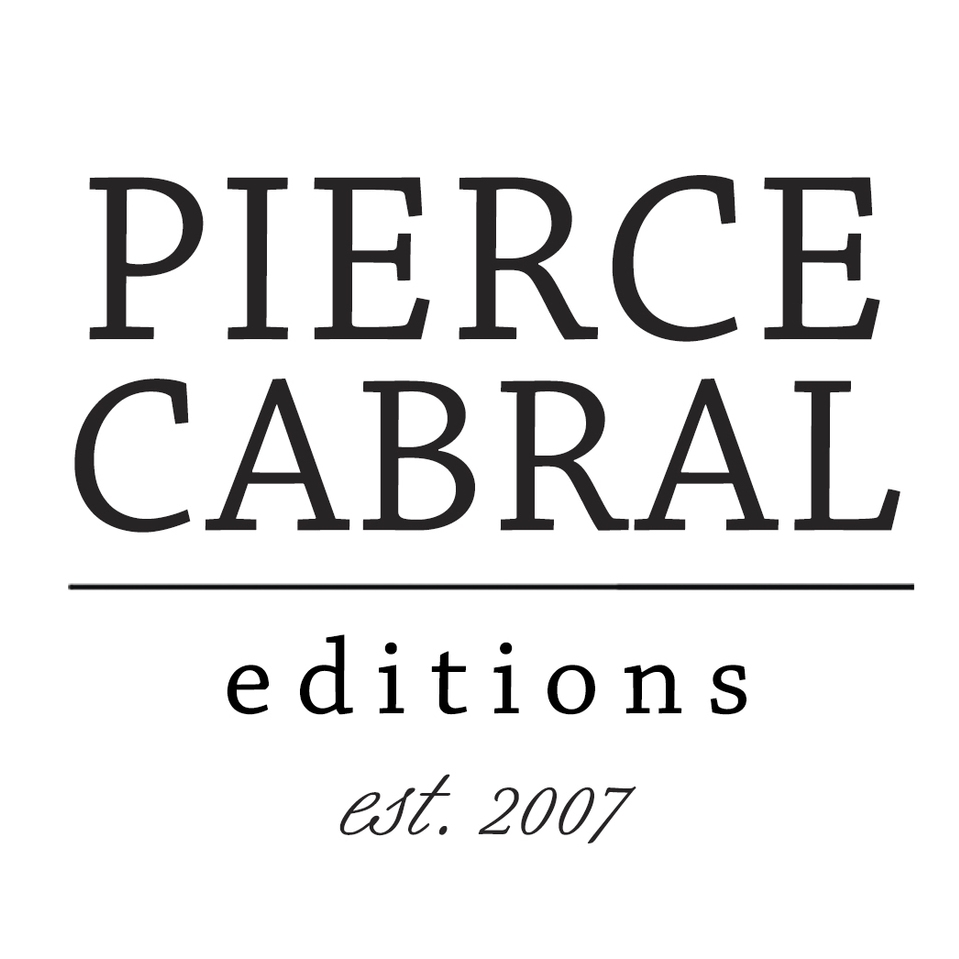Technologies that allowed you to experience these steoreoscopic images:
1440 - Printing Press / Johannesburg Gutenberg
1445 - Etching / Daniel Hopfer
1502 - Camera Obscura described by Leonardo Da Vinci
1796 - Lithography / Allis Senefelder
1806 - Camera Lucida /William Hyde Wollaston
1826 or 1827 - Heliography / Niepce
1834 - Photogenic Drawing / Fox Talbot
June 1838 - Stereoscopic vision / Wheatstone
August 19th, 1839 - Photography / Daguerre
1849 = Illustrated Postcard / Theodore Hook
1841 - Callotype / Fox Talbot
1842 - Cianotype
1843 - Science document using photography / Anna Atkins
1844 - First Photography book / Fox Talbot
1849 - Stereoscope / Brewster
1844 - Telegraph message / Samuel Morse
1850 - Albumen / Louis-Desire Blanquart-Evrard
1850 - Wet Colodium / Frederick Scott Archer
1851 - New York Times first publication
1852 - Ambrotype / James Ambrose Cutting
1853 - First Photo-Journalist / Carol Szathmari
1854 - Carta de Visite / A.A. Disderi
1856 - Colotype / Alphonse Poitevin
1858 - Photo etching/ Fox Talbot
1859 - The American Stereoscope / Oliver Wendell Homes
1871 - Gelatin Silver Print /Peter Mawdsley
1873 - Platinum Print / William Willis
1874 - Color Colotype / Joseph Albert
1876 - Long-distance phone call /Alexander Graham Bell
1878 Consecutive Series of photos / Eadweard Muybridge
1877 - Phonograph / Thomas Edison
1882 - Gelatin Silver Chloride Prints
1888 - Kodak Camera / George Eastman
1880 - Perforated Celluloid Film / George Eastman
1892 - Movie Camera / Thomas Edison
1894 - Motion Picture Film / Lumiere Brothers
1895 - Radio Signal Transmission / Guglielmo Marconi
1900 - Photographic Postcards
1904 - First newspaper photo illustrated
1924 - Leica camera / Oskar Barnack
1927 - Television/ Philo Farnsworth
1929 - Rolleiflex Medium Format Twin Reflex
1935 - Kodachrome
1935 - Photograph sent via telegraph
1936 - First publication of Life Magazine
1937 - Polaroid / Edwin H. Land
1953 - First Color 3D movie / Andre De Toth
1957 - Drum Scanner / Russel A. Kirch
1959 - Nikon F
1963 - K-7 Tape
1976 - VHS
1977 - Apple II computer / Steve Wozniak
1979 - Walkman
1980 - CD player
1983 - Internet / Tim Berners-Lee
1985 - Commercial VR Goggles / Jaron Lanier
1987 - Photoshop
1989 - Digital Single-Lens-reflex / Steven Sasson
2004 - Facebook
2005 - Youtube
2007 - iPhone
2010 - Instagram
2012 - Kodak filed for bankrupcy
2014 - Google Cardboard
2019 - Google Cardboard relases as open source
About this project
This is a homage to the technique of Stereoscopic Photography that was prevalent from 1850’s to 1930’s. Using The Robert N. Dennis Collection of Stereoscopic Views that is part of the Digital Collection at the New York Public Library (NYPL), I am trying to bring attention to this photographic method by focusing on the history of a particular company that produced stereoscopic photographs in the state of New Jersey.
Images were chosen from The Miriam and Ira D. Wallace Division of Art, Prints and Photographs at New York Public Library (NYPL). This division houses the Robert N. Dennis Collection of Stereoscopic Views described as followed: “The Dennis Collection's total size of more than 72,000 stereoscopic views and its international scope make it one of the largest and most diversely representative holdings of its kind in the world.”
Creating a narrative became mandatory to allow an intimate interaction with NYPL’s Digital Collection and not overwhelm users with its 72.000 items. I wanted to identify a local stereoscopic photography producer in New Jersey and identify images included in NYPL’s Digital Collection.
Usage of the NYPL database PIC - Photographer’s identity catalog “an experimental interface to a collection of biographical data describing photographers, studios, manufacturers, and others involved in the production of photographic images” was of unprecedented value in the identification and selection of one specific photographic company dedicated to stereography in the State of New Jersey.
Inserting a technological element to this project by pairing cellphone technology and google cardboard, I tried to tie past technologies to the future ones interlaced in our digital era. It is my way of acknoledging the discoveries in science that allowed us to create the virtual environments we utilize seamlessly today.
As I conclude this exploration I realize the small but otherwise relevant impact of highlighting a small section of images belonging to a cultural archive.
~ Jennifer Cabral
Bibliography
Baldwin, G., & Jürgens Martin C. (2009). Looking at photographs: a guide to technical terms. Los Angeles: J. Paul Getty Museum.
Bajac, Q. (2002). The invention of photography. New York: Harry N. Abrams.
Darrah, W. C. (n.d.). Stereo Views, A History of Stereographs in America and Their Collection. (Gettysburg? Pa., C1964).
Edwards, S. (2006). Photography: a very short introduction. Oxford: Oxford University Press.
Heil, D. (2017). The art of stereography rediscovering vintage three-dimensional images. Jefferson, NC: McFarland & Company, Inc., Publishers.
NYPL Digital Library Collections. Retrieved from https://digitalcollections.nypl.org/collections/robert-n-dennis-collection-of-stereoscopic-views#/?tab=about&scroll=13
Paolo Parmeggiani. (2016) From grand tour to virtual tour: Italy through the stereoscope in 1900. Visual Studies 31:3, pages 231-247.
Saretzky, G. D. (2004). Nineteenth-Century New Jersey Photographers. New Jersey History, No.03. Retrieved from https://jerseyhistory.org/fall-winter-2004-no-3/
Thompson, C. (2017, October 1). Stereographs Were the Original Virtual Reality. Retrieved from https://www.smithsonianmag.com/innovation/sterographs-original-virtual-reality-180964771/
Map: PIC - Photographers' Identities Catalog. (n.d.). Retrieved from http://pic.nypl.org/map/?address.AddressTypeID=*&address.CountryID=*&bbox=*&Nationality=*&gender.TermID=*&process.TermID=*&role.TermID=*&format.TermID=*&biography.TermID=*&collection.TermID=2028165&DisplayName=(Stereoscope~4)&Date=*&mode=2#7965
